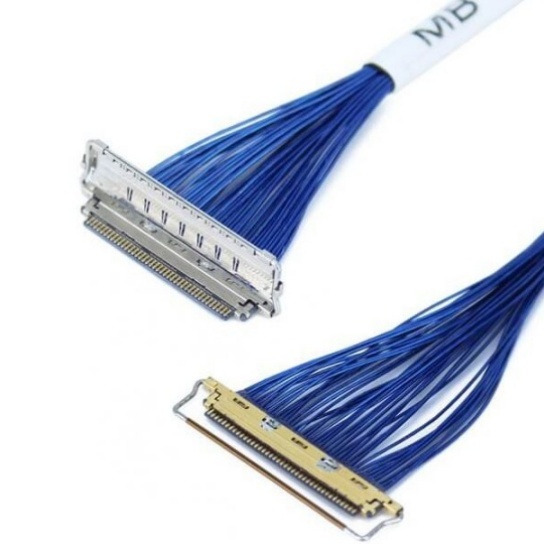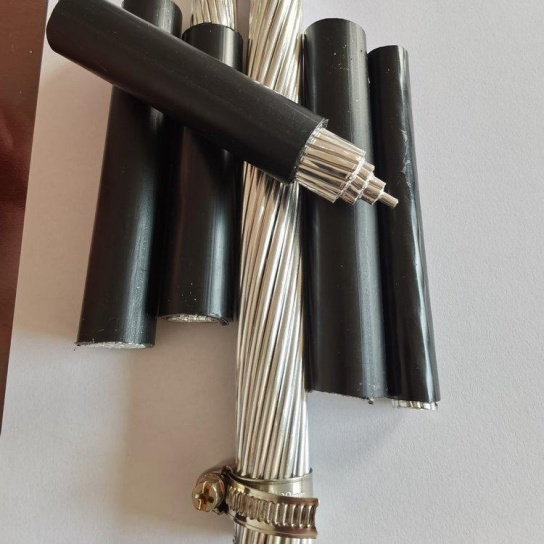Retrofit Projects: Upgrading Legacy Cable Systems
The telecommunications landscape is evolving at breakneck speed. Consumer demand for bandwidth-hungry applications like 4K/8K streaming, cloud gaming, remote work solutions, and the burgeoning Internet of Things (IoT) places unprecedented strain on network infrastructure. For cable operators, the challenge often lies not in greenfield deployments but in the strategic modernization of legacy cable systems. Retrofit projects focused on upgrading legacy cable systems are no longer optional; they are a critical business imperative for maintaining competitiveness, enhancing customer satisfaction, and unlocking future revenue streams. This comprehensive guide explores the why, how, and what of successful cable system retrofits.
Why Retrofit? The Compelling Case for Modernization
Legacy cable systems, primarily built on Hybrid Fiber-Coaxial (HFC) architecture, served well for decades, delivering analog TV and early broadband. However, their limitations are increasingly apparent:
- Bandwidth Bottlenecks: Legacy coaxial segments and older amplifiers struggle to support modern multi-gigabit symmetrical speeds demanded by consumers and businesses.
- Operational Inefficiency: Aging plant requires frequent maintenance, experiences higher failure rates, and is less energy-efficient than modern alternatives, driving up operational expenditure (OpEx).
- Limited Service Agility: Introducing new services (like advanced home security, low-latency applications, or sophisticated business services) is often difficult and costly on outdated infrastructure.
- Competitive Disadvantage: Failure to offer competitive speeds and reliability compared to fiber-to-the-home (FTTH) providers risks customer churn and market share erosion.
- Future-Proofing: Legacy systems lack the inherent scalability and flexibility needed for emerging technologies like widespread IoT, smart cities, and next-generation wireless backhaul (including 5G and future 6G).
Retrofit projects directly address these challenges, transforming the existing plant into a high-performance, future-ready network.
Key Strategies in Legacy Cable System Upgrades
Modernizing an HFC network isn’t a one-size-fits-all endeavor. Successful retrofit projects employ a combination of strategic approaches:
- Node Splitting & Fiber Deep:
- What it is: Moving optical fiber deeper into the network, closer to end-users. This involves splitting existing optical nodes serving large areas (e.g., 500+ homes) into smaller nodes serving fewer homes (e.g., 50-125 homes).
- Benefits: Significantly reduces the number of homes sharing bandwidth on the coaxial segment, dramatically increasing available bandwidth per subscriber. Shortens the coaxial cascade, improving signal quality and reliability while reducing noise ingress points. This is often the foundational step for other upgrades.
- DOCSIS Technology Evolution:
- What it is: Upgrading the Data Over Cable Service Interface Specification (DOCSIS) technology used on the coaxial portion.
- Evolution Path:
- DOCSIS 3.0: Enabled channel bonding for higher speeds but often asymmetric.
- DOCSIS 3.1: Introduced Orthogonal Frequency-Division Multiplexing (OFDM), vastly improving spectral efficiency and enabling multi-gigabit downstream speeds. Often paired with Node Splitting.
- DOCSIS 4.0: The latest standard, supporting Full Duplex DOCSIS (FDX) or Extended Spectrum DOCSIS (ESD). FDX allows for true symmetrical multi-gigabit speeds (e.g., 10 Gbps down/up) on the same coaxial cable by utilizing overlapping spectrum. ESD expands the usable frequency spectrum up to 1.8 GHz. DOCSIS 4.0 is a major leap forward for HFC networks.
- Coaxial Plant Enhancement:
- What it is: Upgrading the physical coaxial cable and components.
- Actions: Replacing older, lower-shielded coaxial cable with modern, high-shielded variants to minimize ingress/egress. Upgrading amplifiers and passives (taps, splitters) to support higher frequencies (up to 1.2 GHz, 1.8 GHz, or beyond) required by DOCSIS 3.1/4.0. Improving power supplies for reliability.
- Converged Cable Access Platform (CCAP) / Distributed Access Architecture (DAA):
- What it is: Modernizing the headend/hub architecture.
- Traditional CCAP: Consolidates CMTS and video edge QAM functions into a single platform, improving efficiency and density.
- DAA (R-PHY, R-MACPHY, R-FMAC): Takes this further by moving critical physical layer (PHY) or MAC+PHY processing functions out of the centralized headend and into the node itself (Remote PHY) or a shelf near the node (Remote MACPHY). The headend/hub then handles higher-layer functions.
- Benefits: Reduces headend space/power/cooling needs. Improves signal quality by processing signals closer to the subscriber. Creates a more flexible, software-defined network foundation essential for virtualization and future services.
- Strategic Fiber Deployment (FTTx Integration):
- What it is: Selectively deploying fiber deeper, potentially all the way to premises (FTTH/B) in specific areas or for specific services (like business Ethernet).
- Role in Retrofit: While a full FTTH overlay is a separate project, retrofit projects often involve laying more fiber for deeper node splits or to serve MDUs/commercial buildings. This hybrid approach leverages existing coax where feasible while strategically deploying fiber for maximum impact.
Overcoming Retrofit Project Challenges
Upgrading legacy cable systems while maintaining service continuity is complex:
- Minimizing Customer Disruption: Careful planning, phased rollouts, and effective communication are paramount. Techniques like “hitless” upgrades (where possible) are highly valued.
- Cost Management: Retrofit projects require significant capital investment (CapEx). Prioritization based on ROI, market demand, and competitive pressure is crucial. Leveraging existing infrastructure provides cost advantages over full FTTH rebuilds.
- Technical Complexity: Integrating new technologies (DAA, DOCSIS 4.0) with legacy components requires deep expertise and thorough testing.
- Workforce Skills: Technicians and engineers need training on new technologies, architectures, and troubleshooting procedures.
The Future-Proofed Network: Benefits of Successful Retrofit
Investing in retrofit projects yields substantial returns:
- Multi-Gigabit Symmetrical Speeds: Meeting and exceeding current and future consumer/business demands.
- Enhanced Reliability & Quality: Reduced outages, improved signal integrity, better customer experience (lower latency, fewer jitters).
- Reduced Operational Costs: Lower maintenance, improved energy efficiency, simplified troubleshooting.
- Service Innovation: Platform ready for new revenue-generating services (smart home, advanced security, low-latency applications, business services, mobile backhaul).
- Competitive Edge: Ability to compete effectively against pure FTTH providers and other broadband technologies.
- Foundation for 10G: CableLabs’ 10G platform vision (10 Gbps symmetrical, low latency, high security, high reliability) is built upon the successful modernization of HFC networks through these very retrofit strategies.






